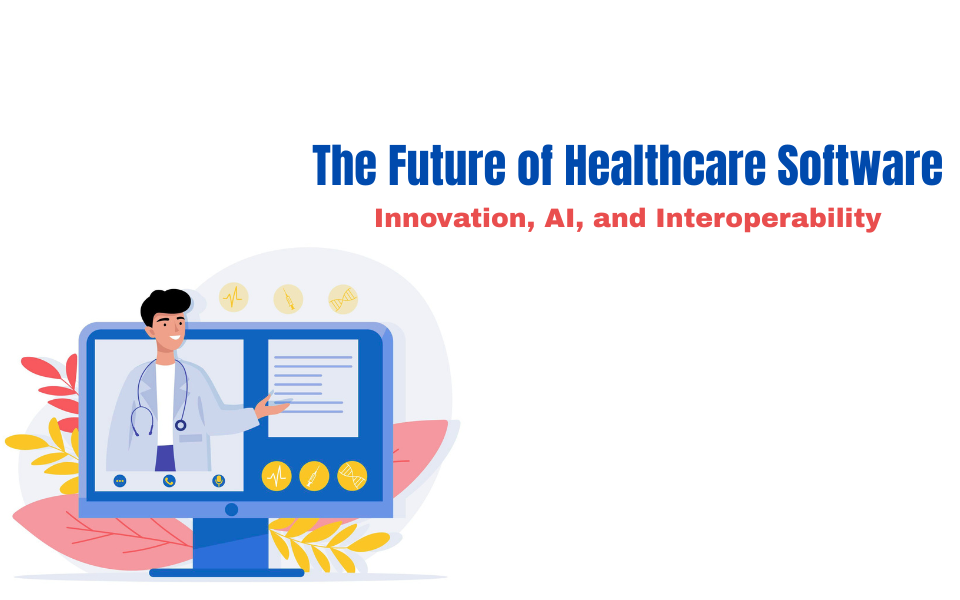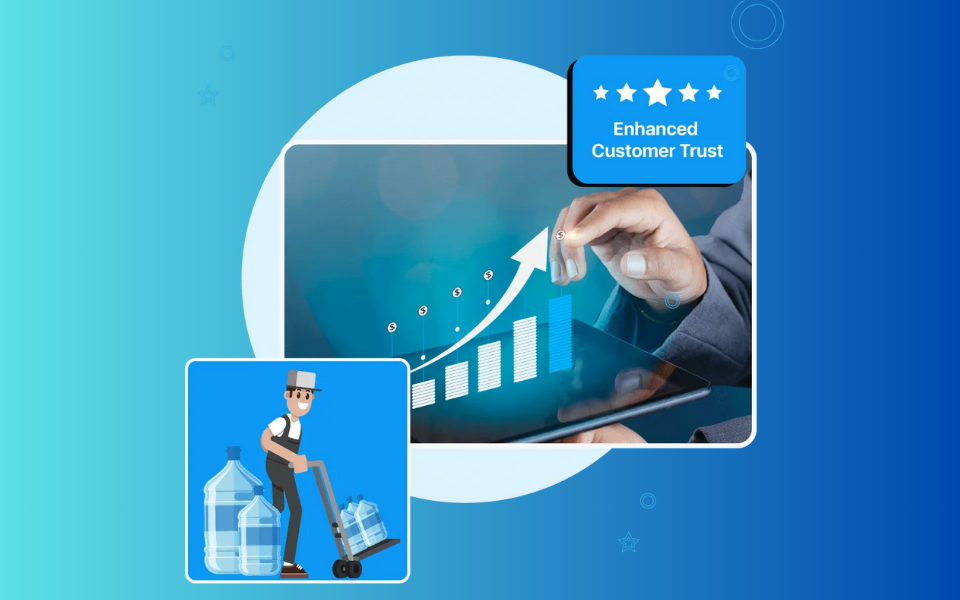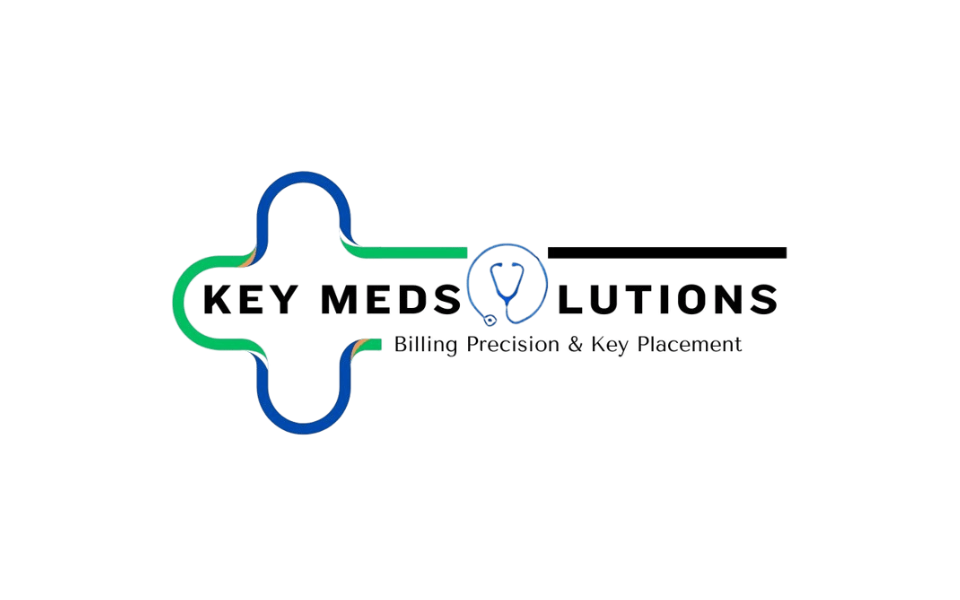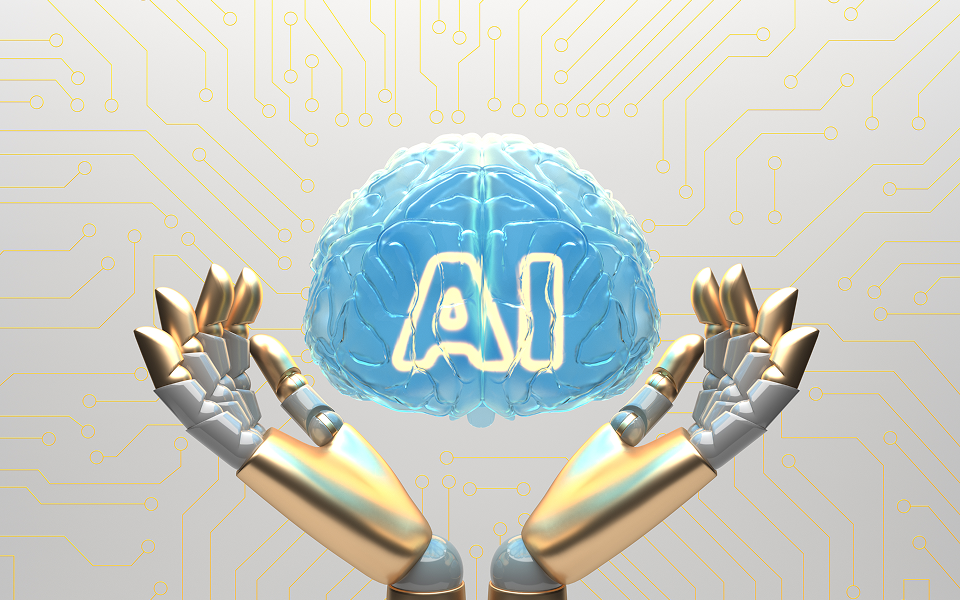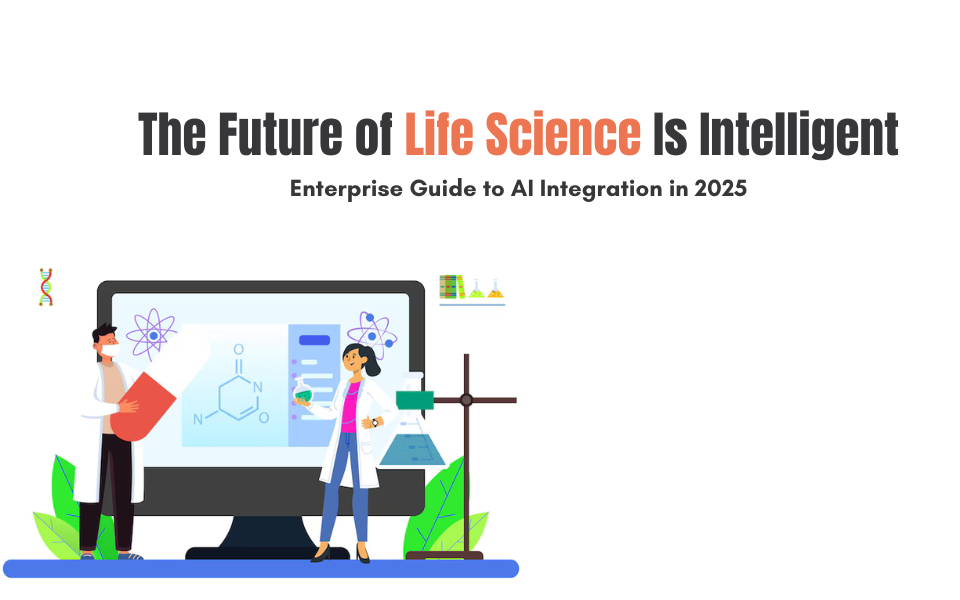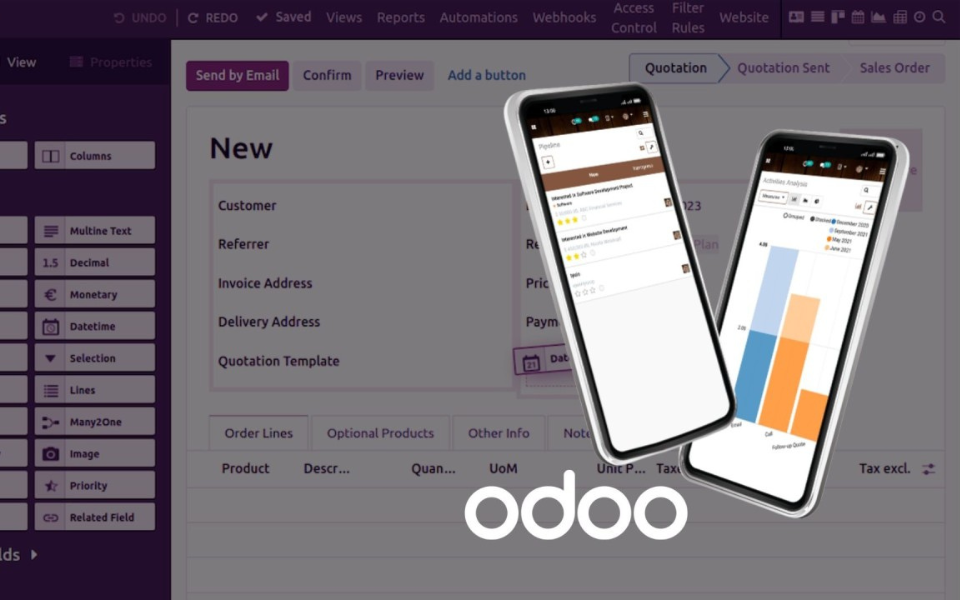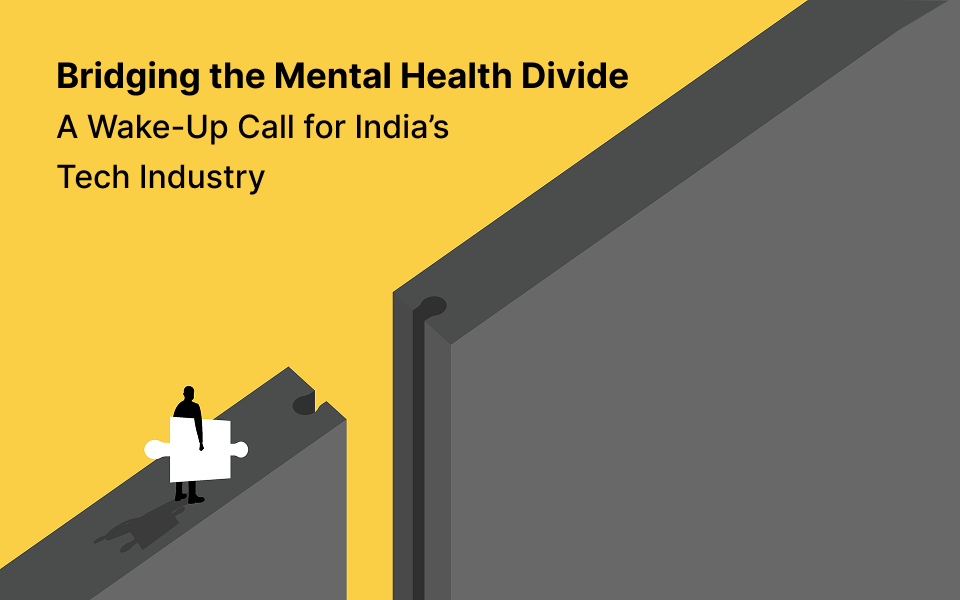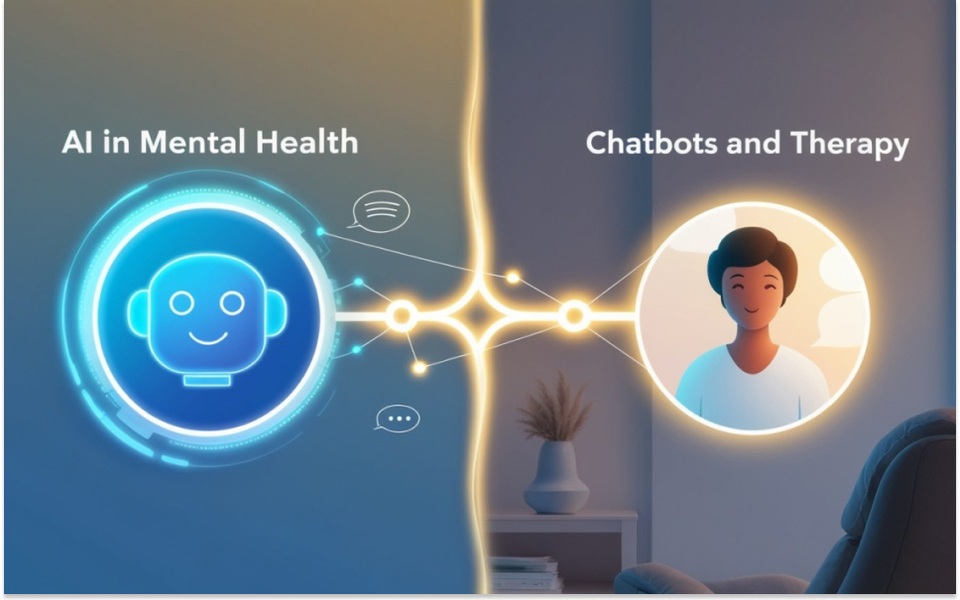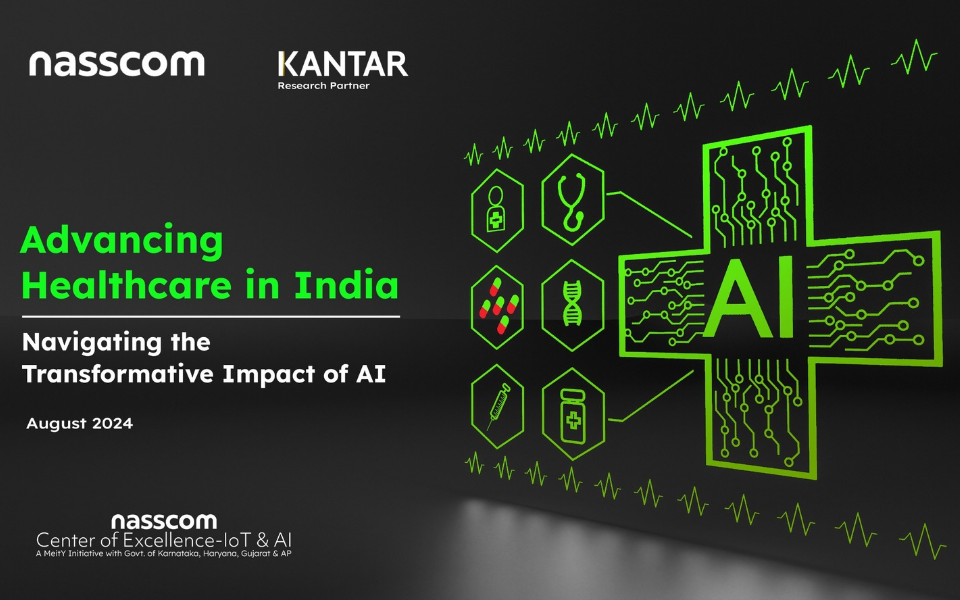The healthcare industry is experiencing one of the most profound transformations in its history. Fueled by new patient expectations, regulatory shifts, and exponential advances in digital technology, healthcare is moving rapidly from reactive treatment toward predictive, preventive, and personalized care. At the heart of this transformation lies healthcare software — a critical enabler of modern care delivery and system-wide innovation.
However, the demands on healthcare software are growing more complex. In 2025 and beyond, software solutions must do much more than manage electronic records or support billing workflows. They must integrate seamlessly across diverse ecosystems, leverage AI and machine learning to drive smarter decision-making and ensure secure, compliant interoperability between platforms.
Healthcare leaders, CIOs, and technology partners must rethink their software strategies — not as isolated IT projects but as core drivers of operational efficiency, patient experience, and business value.
The Innovation Imperative in Healthcare Software
Healthcare organizations today face rising pressure to innovate on multiple fronts:
- Patient-Centric Models: The shift toward value-based care and consumer-driven models demands software that delivers seamless, personalized experiences across digital and physical touchpoints.
- Operational Agility: Hospitals and care networks need solutions that can streamline processes, automate administrative tasks, and optimize resource allocation in real time.
- Compliance & Risk: As regulations tighten, software must ensure airtight security, auditable data trails, and compliance with evolving standards like HIPAA and GDPR.
This is driving a surge of innovation in healthcare software across every layer of the ecosystem — from back-end systems to front-line clinical tools.
Emerging Areas of Innovation
- AI-Augmented Clinical Decision Support: AI-powered healthcare software is now capable of assisting physicians with more accurate diagnoses, personalized treatment recommendations, and early risk identification, driving better patient outcomes.
- Patient Engagement Platforms: Integrated software solutions enable omnichannel patient engagement, from appointment scheduling and telehealth to real-time alerts and personalized content delivery.
- Virtual Care & Telemedicine: Software platforms are expanding the reach of care through virtual visits, remote monitoring, and connected home-health devices, reshaping care delivery models.
- Population Health Management: Advanced analytics platforms are enabling healthcare providers to aggregate data across populations, identify at-risk cohorts, and design more targeted preventive interventions.
Innovation in these domains is critical, but without interoperability and data fluidity, the full potential of these innovations cannot be realized.
The Rising Role of AI in Healthcare Software
One of the most disruptive forces shaping the future of healthcare software is artificial intelligence.
AI is no longer an experimental add-on — it is becoming a core architectural component across enterprise healthcare platforms.
Key AI Applications in Healthcare Software
- Medical Imaging & Diagnostics: AI algorithms now outperform humans in certain diagnostic tasks, such as detecting early signs of cancer or cardiovascular disease from imaging data.
- Natural Language Processing (NLP): NLP tools extract actionable insights from unstructured data in clinical notes, improving patient histories, care continuity, and decision support.
- Predictive Analytics for Population Health: AI models analyze vast patient datasets to predict hospital readmissions, disease progression, and resource utilization — enabling proactive care planning.
- AI-Powered Chatbots and Virtual Assistants: Conversational AI is transforming patient support, enabling 24/7 triage, appointment management, and post-discharge follow-up.
- Clinical Workflow Optimization: AI-based automation is streamlining documentation, coding, and revenue cycle management, freeing up clinicians to focus on patient care.
As healthcare leaders scale these AI capabilities, a critical success factor will be ensuring interoperability — the ability to connect AI-powered modules seamlessly into the broader healthcare IT landscape.
Why Interoperability Is the Cornerstone of Future-Ready Healthcare Software
Despite billions invested in digital transformation, the healthcare industry remains plagued by siloed data and fragmented IT ecosystems. Interoperability — the ability of different software systems to exchange and meaningfully use data — is now an enterprise priority.
The Cost of Poor Interoperability
- Clinical Inefficiencies: Care providers waste valuable time navigating disparate systems, re-entering data, or operating without full patient context.
- Patient Frustration: Lack of integrated digital experiences leads to fragmented care journeys and poor patient satisfaction.
- Operational Risks: Inconsistent data across systems increases the risk of errors, missed insights, and regulatory non-compliance.
The Path to Seamless Interoperability
Modern healthcare software must be built with interoperability-first principles:
Adherence to Open Standards
Embrace emerging data standards like HL7 FHIR (Fast Healthcare Interoperability Resources) to ensure data portability across platforms.
Cloud-Native Architectures
Leverage cloud-native platforms to enable scalable, API-driven integration across partner networks, payers, and public health agencies.
Unified Data Models
Architect solutions around unified patient records and master data management frameworks to provide a 360-degree view across systems.
Privacy-First Design
Ensure that interoperability initiatives maintain strict data governance, consent management, and cybersecurity controls.
In the coming years, healthcare software vendors that cannot deliver interoperability as a core capability will quickly fall behind.
Building the Future: Strategic Considerations for Healthcare Leaders
As the pace of innovation accelerates, healthcare CIOs, CTOs, and business leaders must take a strategic approach to modernizing their software ecosystems.
Here are key considerations for building future-ready healthcare software environments:
1. Shift from Application Silos to Platform Thinking: Instead of deploying point solutions in isolation, healthcare leaders should architect flexible, interoperable platforms that enable a connected care continuum.
2. Make AI a Strategic Capability, Not a Bolt-On: AI should be embedded into core clinical and operational workflows, not treated as a peripheral technology experiment. Invest in AI governance, model validation, and cross-functional enablement.
3. Prioritize Data Quality and Governance: The foundation of intelligent healthcare software is trusted, high-quality data. Establish enterprise-wide data governance programs to ensure data integrity and regulatory compliance.
4. Embrace API-First Ecosystem Partnerships: Modern healthcare innovation depends on collaboration across an expanding ecosystem of partners — from digital health startups to device manufacturers. Build API-first capabilities to enable rapid integration and ecosystem agility.
5. Focus on Change Management and User Adoption: Even the most advanced software fails without clinician and staff adoption. Prioritize training, workflow redesign, and change management programs to drive sustainable transformation.
The Road Ahead: Healthcare Software in 2025 and Beyond
The next wave of healthcare software will not simply digitize existing processes — it will redefine how healthcare is delivered, experienced, and monetized.
Shortly, expect to see:
- Hyper-Personalized Patient Journeys: Software that continuously tailors care pathways based on real-time data from wearables, genomics, and patient-reported outcomes.
- Digital Twin Models: AI-powered simulations of individual patients used to optimize treatment planning and clinical trials.
- Fully Integrated Virtual-Physical Care: Seamless transitions between telehealth, in-clinic, and home-based care supported by unified software platforms.
- AI-Powered Population Health Command Centers: Real-time dashboards that give healthcare executives a dynamic view of population health metrics and operational performance.
For healthcare organizations that embrace innovation, AI, and interoperability, the opportunity is transformative — not just to improve care but to drive new business models, operational efficiencies, and long-term growth.
Conclusion: Partnering for Success
The future of healthcare software is bold, AI-powered, and boundaryless — but realizing this future will require strategic partnerships.
Healthcare leaders must work with technology partners who understand the unique regulatory, clinical, and operational complexities of the industry. Partners who can design interoperable, future-proof solutions that drive both immediate value and long-term transformation.
By making bold software investments today, healthcare organizations can position themselves at the forefront of digital health innovation — delivering smarter, more connected, and more compassionate care in the years to come.




